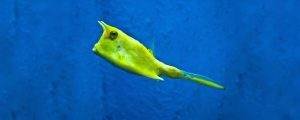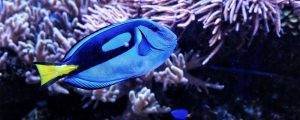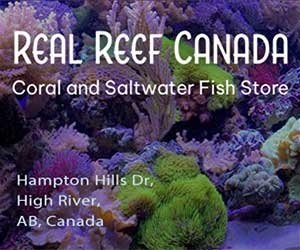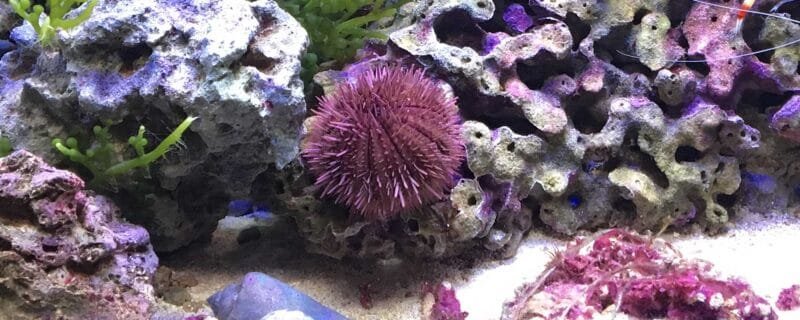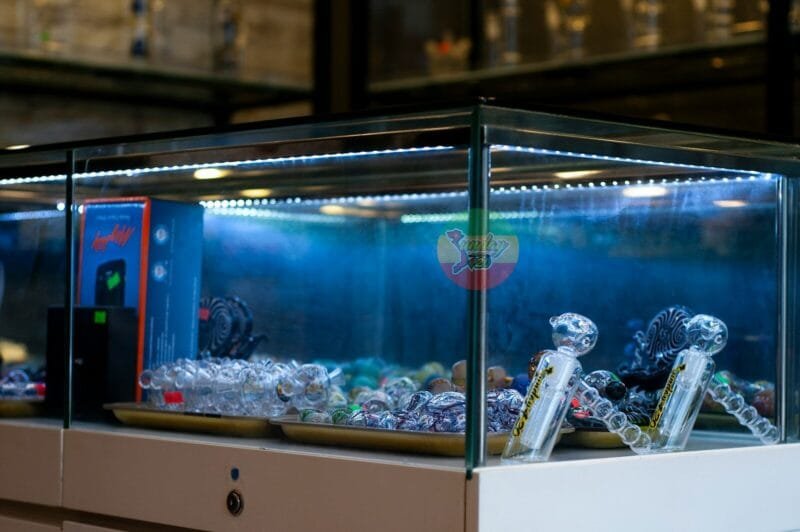A thriving and healthy reef tank is a mesmerizing underwater world filled with vibrant corals and a diverse array of marine life. To maintain the delicate balance within this ecosystem, it’s crucial to employ various filtration methods. One essential component often used in reef tanks is the protein skimmer. In this blog post, we’ll dive deep into the world of protein skimmers, exploring their functions, how they work, their necessity, types of skimmers, their placement in a sump or not, and maintenance tips to ensure their optimal performance.
What Does a Protein Skimmer Do?
A protein skimmer, also known as a foam fractionator, is a vital piece of equipment in a reef tank’s filtration system. Its primary function is to remove organic compounds and waste materials from the water, including proteins, amino acids, and other organic molecules. These substances, if allowed to accumulate, can lead to poor water quality, algae outbreaks, and negative effects on coral health.
How Does a Protein Skimmer Work?
The operation of a protein skimmer relies on the principle of foam fractionation. Here’s how it works:
- Injection of Air and Water: The skimmer draws in a mixture of air and tank water into a chamber, creating a turbulent environment.
- Formation of Microbubbles: As the air and water mix vigorously, they create countless microbubbles. These tiny bubbles carry a positive electrical charge due to the friction generated during their formation.
- Interaction with Organic Compounds: Organic compounds in the water, which are negatively charged, are attracted to the positively charged microbubbles.
- Rise of Foam: The organic compounds bond with the microbubbles, creating a foam or froth at the water’s surface. This foam contains the trapped organic matter.
- Collection and Removal: The foam rises up into a collection cup, where it is removed from the system, effectively removing the organic waste from the tank water.
Is a Protein Skimmer Necessary?
The necessity of a protein skimmer in a reef tank depends on various factors, including tank size, stocking levels, and the specific needs of your marine organisms. While they are not mandatory, protein skimmers can significantly improve water quality, especially in larger and heavily stocked reef tanks. They help reduce nutrient levels, improve oxygen exchange, and create a stable environment for corals and fish.
Types of Protein Skimmers:
Protein skimmers come in several designs, including:
- Hang-On-Back (HOB) Skimmers: These units are mounted on the back of the aquarium and are suitable for smaller tanks or setups without a sump.
- In-Sump Skimmers: Installed in a sump beneath the tank, these skimmers are often more efficient and are a common choice for larger reef tanks.
- In-Tank Skimmers: These skimmers are placed directly in the display tank and are generally used in situations where sumps are not practical.
Maintenance and Cleaning:
Regular maintenance is crucial to ensure the protein skimmer operates efficiently:
- Empty the Collection Cup: Depending on your tank’s bio-load, you may need to empty the collection cup every few days to weeks.
- Clean the Skimmer Neck: Remove and clean the skimmer neck, which is the part that produces the foam, to prevent clogs and maintain optimal performance.
- Inspect Air Intake: Check and clean the air intake regularly to ensure it’s free from obstructions.
Conclusion
In conclusion, protein skimmers play a pivotal role in maintaining the water quality of reef tanks by removing organic compounds. While not mandatory, they are highly beneficial, especially in larger or heavily stocked systems. Choosing the right skimmer for your setup, placing it correctly, and performing routine maintenance will help create a thriving and vibrant reef environment for your marine inhabitants.

